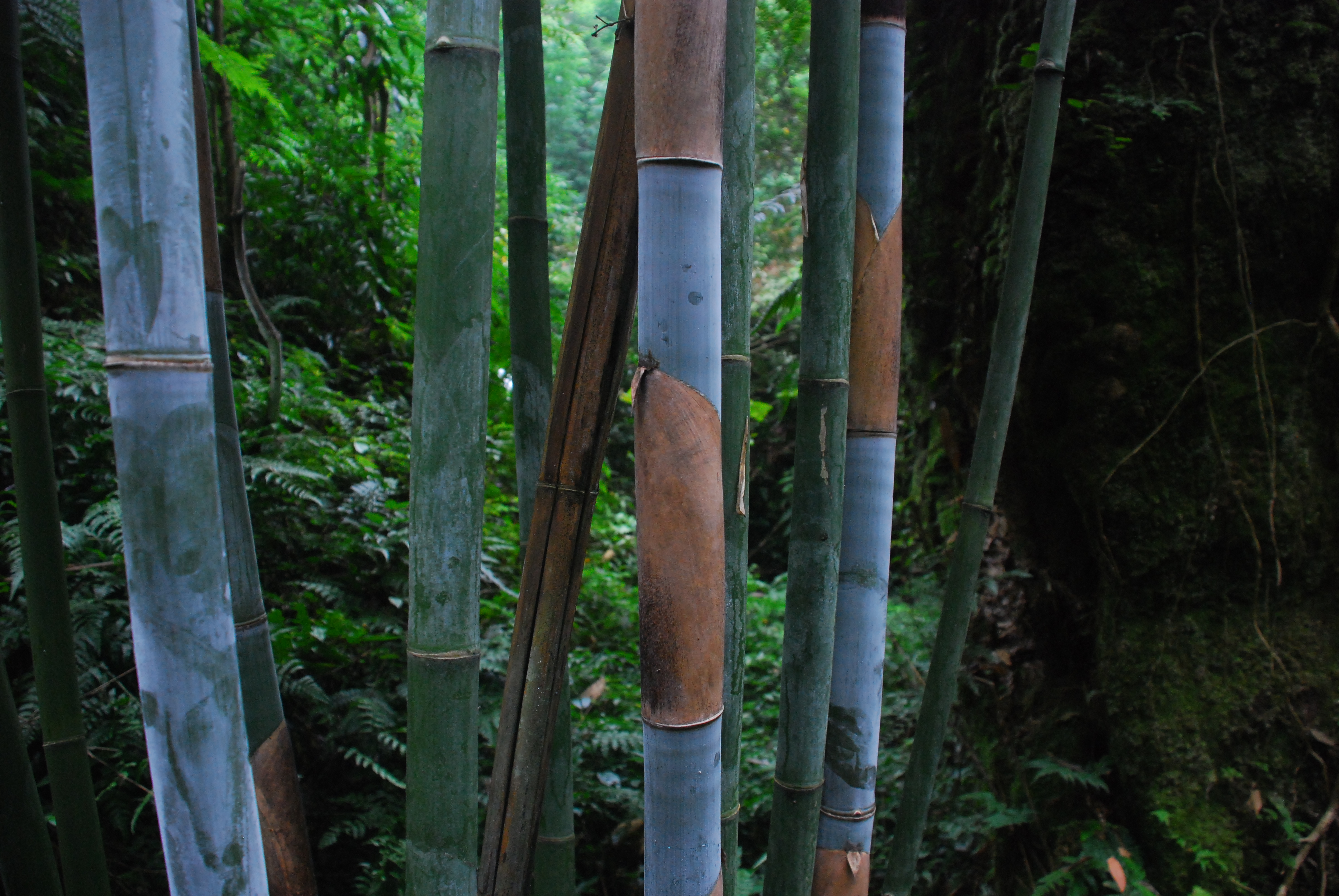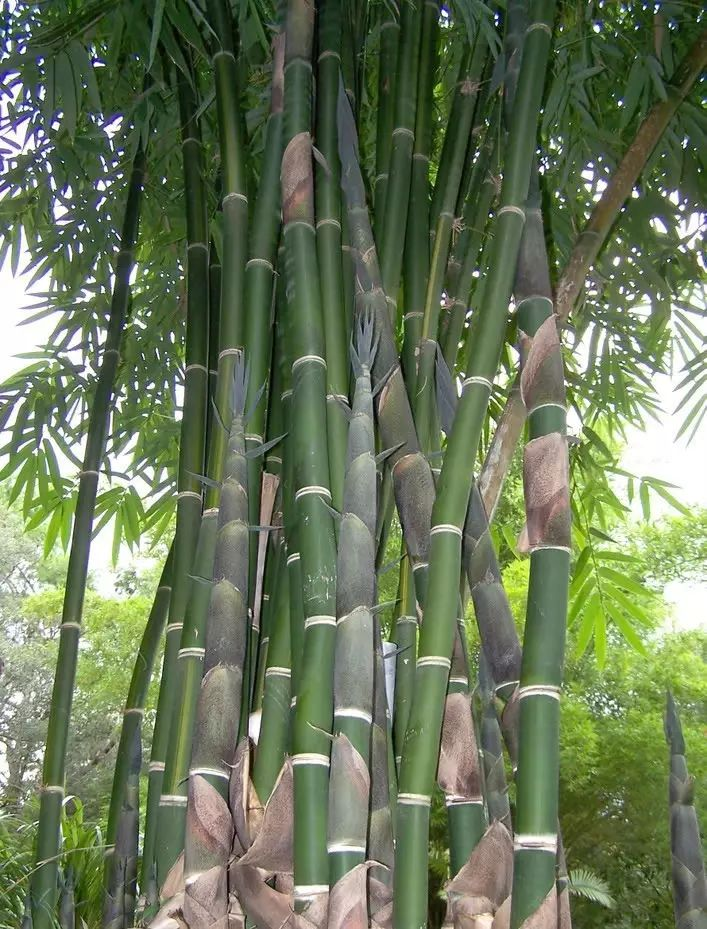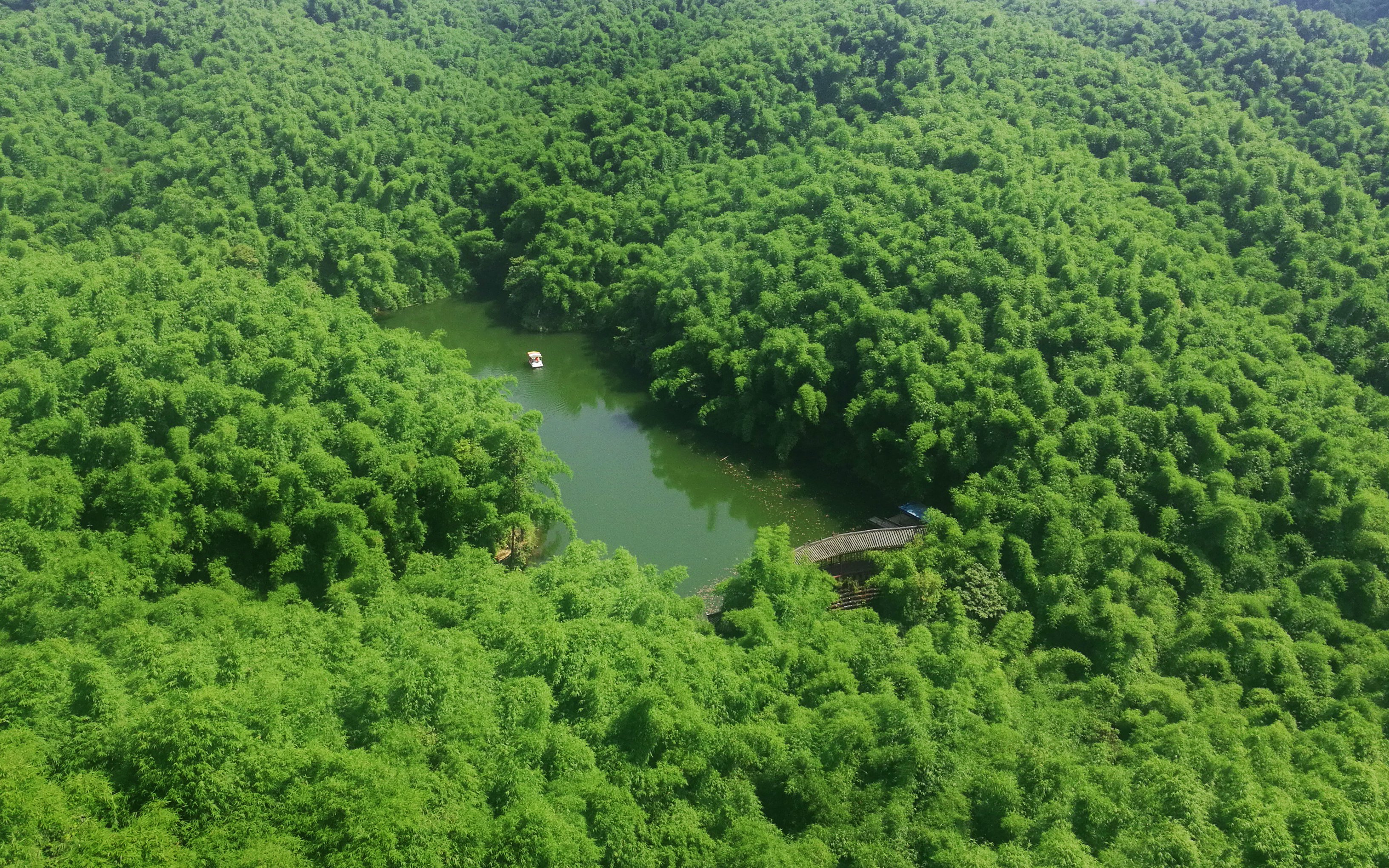There are about 20 species in the genus Sinocalamus McClure in the subfamily Bambusoideae Nees of the Gramineae family. About 10 species are produced in China, and one species is included in this issue.
Note: FOC uses the old genus name (Neosinocalamus Kengf.), which is inconsistent with the later genus name. Later, Bamboo was classified into the genus Bambusa. This illustrated guide uses the genus Bamboo. Currently, all three species are acceptable.
Also: Dasiqin bamboo is a cultivated variety of sinocalamus affinis
1. Introduction to sinocalamus affinis
Sinocalamus affinis Rendle McClure or Neosinocalamus affinis (Rendle)Keng or Bambusa emeiensis L.c.Chia & H.L.Fung
Affinis is a species of the genus Affinis in the subfamily Bambusaceae of the Gramineae family. The original cultivated species Affinis is widely distributed in southwestern provinces.
Ci bamboo is a small tree-like bamboo with a pole height of 5-10 meters. The tip is slender and curves outwards or droops like a fishing line when young. The whole pole has about 30 sections. The pole wall is thin and the internodes are cylinders. Shape, 15-30 (60) cm long, 3-6 cm in diameter, with gray-white or brown wart-based small stinging hairs attached to the surface, about 2 mm long. After the hairs fall off, small dents and small dents are left in the internodes. Wart points; the pole ring is flat; the ring is obvious; the length of the node is about 1 cm; several sections at the base of the pole sometimes have attached rings of silver-white velvet above and below the ring, with a ring width of 5-8 mm, and each section on the upper part of the pole The ring of the node does not have this ring of downy hairs, or only has slight downy hairs around the stem buds.
The scabbard sheath is made of leather. When young, the upper and lower rods of the sheath are tightly attached to each other. The back is densely covered with white pubescent hairs and brown-black bristles. The ventral surface is shiny. The mouth of the sheath is wide and concave, slightly in the shape of a “mountain”; the sheath has no ears; The tongue is tassel-shaped, about 1 cm high with the suture hairs, and the base of the suture hairs is sparsely covered with small brown bristles; both sides of the scutes are covered with small white bristles, with many veins, the apex is tapered, and the base is inward. It is narrowed and slightly rounded, only half the length of the sheath mouth or the tongue of the sheath. The edges are rough and rolled inward like a boat. Each section of the culm has more than 20 branches clustered in a semi-whorled shape, horizontally. Stretching, the main branch is slightly obvious, and the lower branches have several leaves or even multiple leaves; the leaf sheath is hairless, with longitudinal ribs, and no sheath orifice suturing; the ligule is truncate, brown-black, and the leaves are narrow-lanceolate, mostly 10- 30 cm, 1-3 cm wide, thin, apex tapering, upper surface hairless, lower surface puberulent, 5-10 pairs of secondary veins, small transverse veins absent, leaf margin usually rough; petiole long 2 – 3 mm.
Flowers grow in bunches, often very soft. Curved and drooping, 20-60 cm or longer
The bamboo shoot period is from June to September or from December to March of the following year. The flowering period is mostly from July to September, but it can last for several months.
Ci bamboo is also a multi-branched cluster bamboo. Its most typical feature is the silver-white velvet rings on both sides of the ring at the bottom of the pole.
2. Related applications
The rods of Cizhu are strong in toughness and can be used to make bamboo fishing rods. It is also a good material for weaving and papermaking. Its bamboo shoots have a bitter taste and are not recommended for consumption. Its use in garden landscapes is the same as that of most bamboos. It is mainly used for shelter planting. It is a bamboo that grows in clusters and can also be planted in groups. It is more commonly used in gardens and courtyards. It can be matched with rocks, landscape walls and garden walls with good results.
It likes light, slightly shade tolerant, and likes a warm and humid climate. It can be planted in Southwest and South China. It is not recommended to plant across the Qinhuai Line. It likes moist, fertile, and loose soil, and does not grow well in dry and barren places.
3. Advantages of using in papermaking
The advantages of Cizhu for papermaking are mainly reflected in its rapid growth, sustainable recycling, ecological and environmental value, and application in the papermaking industry.
First of all, as a kind of bamboo, Cizhu is easy to cultivate and grows quickly, which makes Cizhu a sustainable resource for recycling. Reasonable cutting of bamboo every year will not only not damage the ecological environment, but also promote the growth and reproduction of bamboo, which is of great significance for maintaining ecological balance. Compared with trees, bamboo has higher ecological and environmental value. Its water-fixing capacity is about 1.3 times higher than that of forests, and its ability to absorb carbon dioxide is also about 1.4 times higher than that of forests. This further emphasizes the advantages of Cizhu in ecological protection.
In addition, as a raw material for papermaking, Cizhu has the characteristics of fine fibers, which makes it a high-quality material for making bamboo pulp paper. In high-quality Cizhu production areas in Sichuan and other places in China, paper made from Cizhu is not only environmentally friendly, but also of high quality. For example, People’s Bamboo Pulp Paper and Banbu Natural Color Paper are both made of 100% virgin bamboo pulp. No bleaching agent or fluorescent agent is added during the production process. They are genuine bamboo pulp natural color papers. This kind of paper is not only environmentally friendly, but also has obtained dual certifications of “true color” and “native bamboo pulp”, meeting the market’s demand for environmentally friendly products.
In summary, the advantages of Cizhu for papermaking lie in its rapid growth, sustainable recycling, ecological and environmental value, and characteristics as a high-quality papermaking raw material. These advantages make Cizhu play an important role in the paper industry and comply with the requirements of modern environmental protection concepts.
Post time: Sep-26-2024








